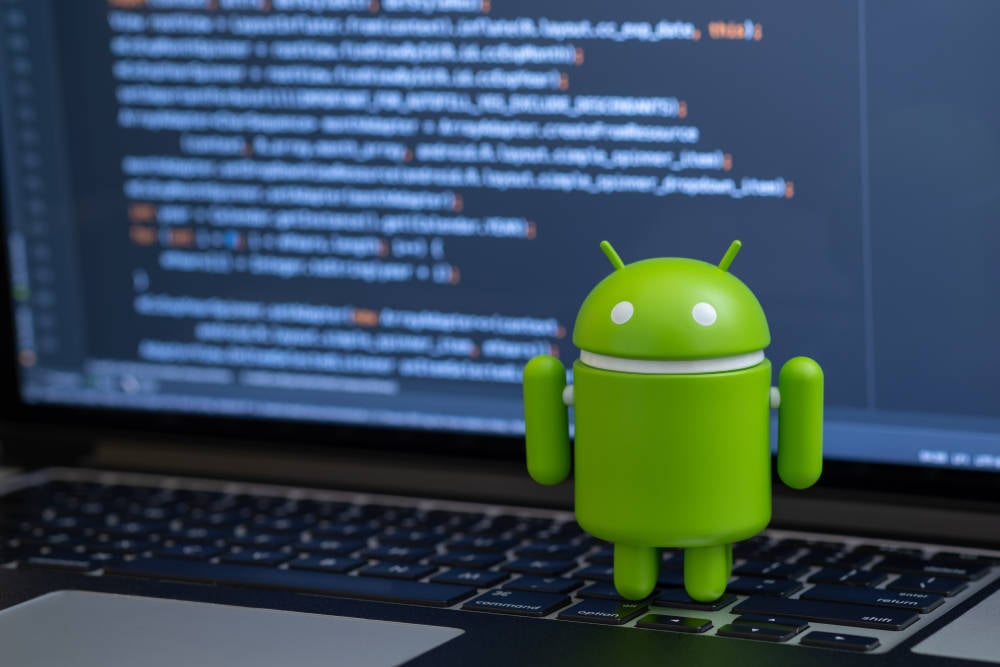Google’s ChromeOS team has begun borrowing from Android’s tech stack to innovate faster, to reduce the burden of maintaining multiple operating systems, and to enhance device interoperability in the face of vendor kernel variability, the company says.
Prajakta Gudadhe, senior director of engineering and Alexander Kuscher, senior director of product management for ChromeOS, announced the technical transition, underway at least since February, in a blog post on Wednesday.
“Bringing the Android-based tech stack into ChromeOS will allow us to accelerate the pace of AI innovation at the core of ChromeOS, simplify engineering efforts, and help different devices like phones and accessories work better together with Chromebooks,” said Gudadhe and Kuscher.
“At the same time, we will continue to deliver the unmatched security, consistent look and feel, and extensive management capabilities that ChromeOS users, enterprises, and schools love.”
The Google duo said those using ChromeOS devices won’t see the changes for a while and promised a seamless transition once the Android tech takes over. The technical fiddling is happening at a level end-users are unlikely to notice, apart from consequences like faster device pairing, a higher pairing success rate, and a better reconnection success rate – all of which Google says it has seen in internal tests.
The initial phase of the system plumbing refit began in 2021 and is referred to as Project Floss. It involves applying Fluoride, Android’s Bluetooth stack, to ChromeOS as a replacement for BlueZ, the Linux Bluetooth stack.
Dental hygiene metaphors at Google aren’t just for wireless networking project code names; they also serve to explain product management goals. Long-time watchers of the Chocolate Factory may recall that Google co-founder and former CEO Larry Page said Google aspired “to create services that people in the world use twice a day, just like a toothbrush.”
As noted in a technical blog post by a quartet of ChromeOS folk – product manager Russ Lindsay, software engineer Abhishek Pandit-Subedi, senior staff software engineer Alain Michaud, and technical program manager Loic Wei Yu Neng – Project Floss aims to reduce engineering overhead, to bring Google’s engineering effort together in a single stack, and to reduce fragmentation in the ecosystem.
According to Lindsay and friends, the relative newness of ChromeOS means that peripheral device makers don’t do as well with interoperability testing and validation. And with the product kernel variations that emerge, maintaining interoperability across the ChromeOS platform can be challenging.
Beyond better compatibility, Project Floss is expected to improve security, partly because it’s written in Rust and because it touches less of the Linux kernel than BlueZ.
“The Bluetooth implementation is fully contained in the Floss daemon,” explained Lindsay et al. “The Floss daemon is sandboxed in userspace using minijail to reduce its permissions to the minimum set necessary for Bluetooth operation, which greatly improves the security of the system.”
Google says the transition will help it ship AI tools and features across desktop and mobile devices, as seen in its Chromebook announcement in May. The tech stack changes to make that happen, however, haven’t been specified.
A Google spokesperson told The Register it is still too early to say which other Android frameworks will be fitted to ChromeOS, but cited the introduction of AI wallpapers in the Pixel 8 phone last fall as an example of what the company hopes to make easier in ChromeOS. We’re told that the ChromeOS team basically created its own implementation of AI wallpaper in Chrome 125, and that some of the redundant engineering effort could have been avoided with greater tech stack overlap. ®

